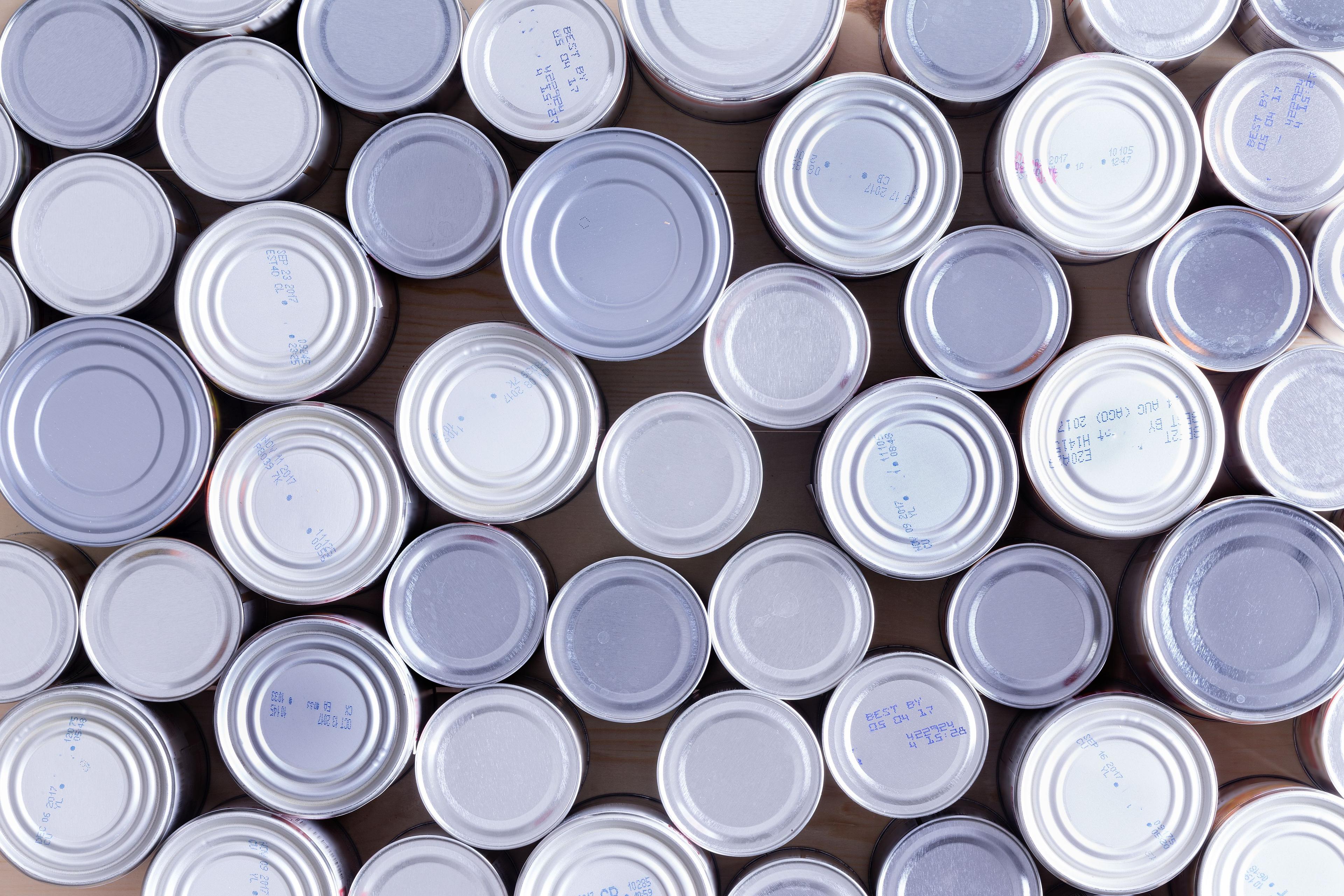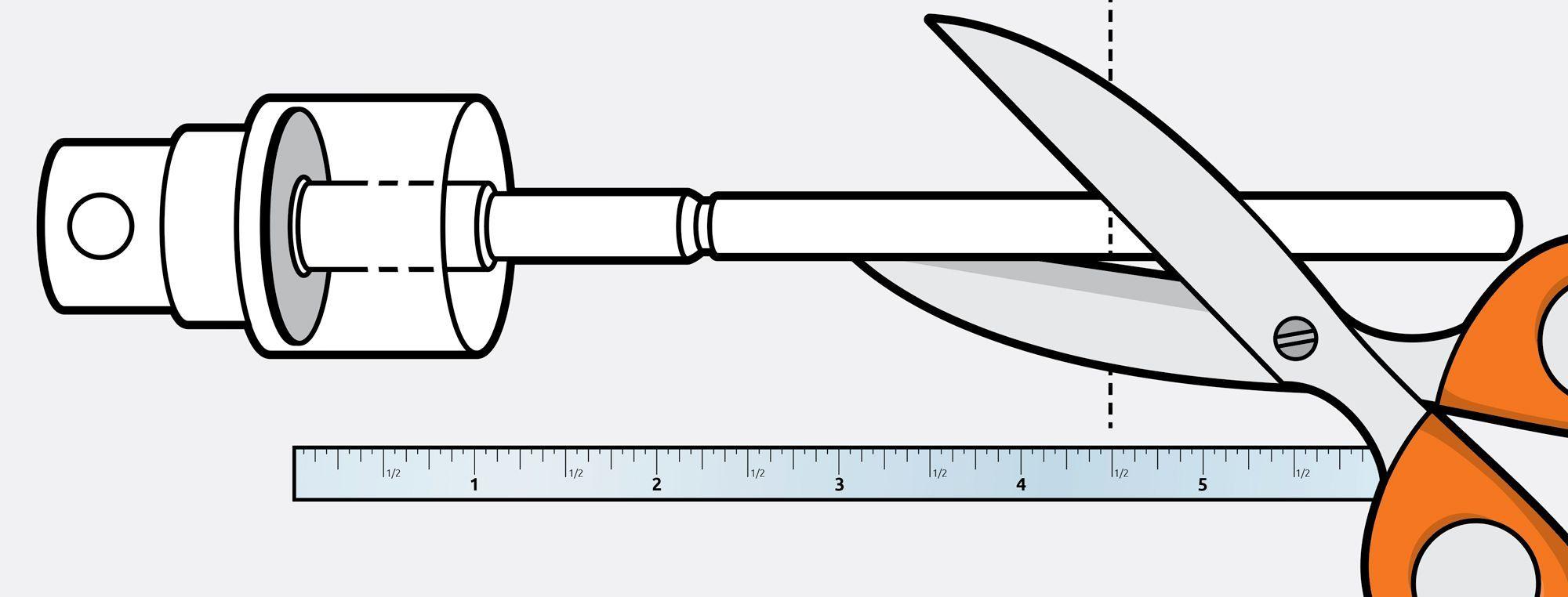A Plastics Mystery: Matt and the case of melting plastic cups

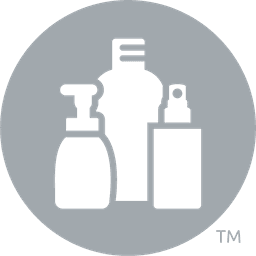
What kind of plastic will best package my product? That's a question that plagues everyone. Even container connoisseurs aren't exempt. Matt is our Purchasing Coordinator at CPS. Though he works with plastics every day (buying goods from manufacturers and keeping our warehouses full), Matt, like everyone else could use a plastics brush up every now and again. In Law & Order SVU fashion, this is his story¦ dun, dun.
I went to start my lawn mower the other day and it would not fire up. That was interesting because it is fairly new and had shown no signs of engine failure. Finally, after looking at the engine I know nothing about, my 3 year old son came to me and said he filled my tank up with water. Even with my limited knowledge on combustion engines, I knew water in the gas tank wasn't good. So I came up with an ingenious plan that was supposed to work. I found a sprayer in my garage that I purchased from CPS a few years ago and grabbed a styrofoam cup. My purpose was to pump out all the gas/water in the tank and replace it with fresh fuel. As I began pumping and the liquid started to fill the cup, I learned a valuable lesson real quickly. Styrofoam (made from polystyrene) and gasoline don't work well together. The gasoline immediately started to deteriorate the cup. Below is a picture of that result:
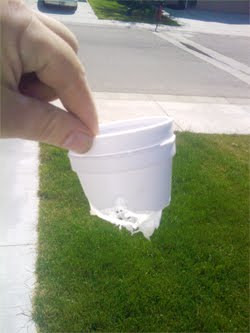
So, being the genius that I am, I went back inside my house and grabbed a plastic disposable cup out of the cupboard. I looked on the bottom of the cup and saw the number 6. Even though I graduated from CPS University over a year ago, I could not remember for the life of me what type of plastic 6 was. I went out and started pumping the gasoline/water mixture into the cup. At first this was working. But after a little bit of pumping I noticed the cup started sweating out the gasoline and soon started to melt the plastic. At that point, I realized number 6 was also polystyrene. The picture below is the result of that cup:
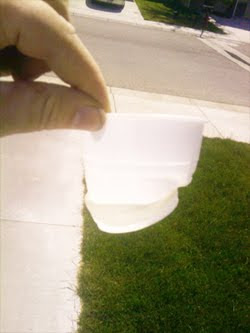
So after two failed attempts, my wife suggested that I go to the recycling bin and dig out an old milk jug. I verified that the bottle was not polystyrene, but instead HDPE. I went back to the lawn mower and continued to pump out the gasoline/water mixture. HDPE worked. Here's that picture:
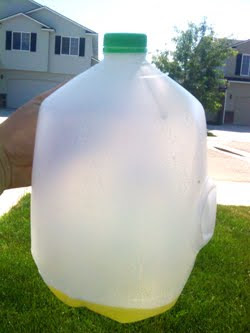
So to conclude this story, I put in new gasoline, and the lawnmower did NOT work; it's in the small engine repair shop right now. I learned three valuable lessons from this experience.
- I need to understand what the different types of plastics are capable of.
- The fuel line to the engine is easily accessible on a lawnmower and I didn’t need to use the sprayer.
- Never let your 3-year-old get near your lawnmower with a hose.
Feel free to share this story with anyone and laugh at me for my inability to recognize the different types of plastic, because my wife sure did.
Take a note from Matt's example and be prepared. Here's a plastic comparison chart that can be used as a guideline, but as Matt explained, sometimes it's a case of trial and error. Keep a few plastic bottles, plastic jars and sprayers on hand. You never know when they might come in handy. Well, that and try to keep your kids away from the lawn mower.
